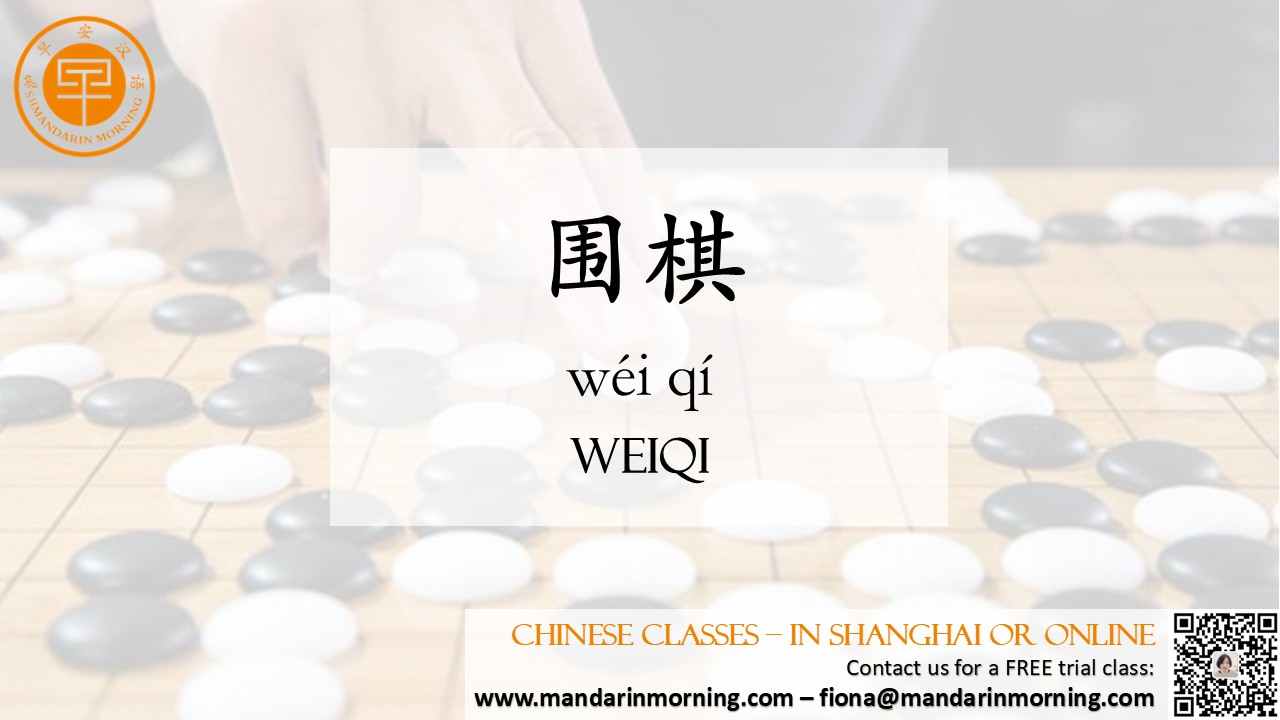Looking for a way to sharpen your mind and deepen your understanding of Chinese culture? Look no further than 围棋 (Wéiqí), known in the West as Go. This ancient board game is more than just a pastime; it’s a beautiful reflection of Chinese philosophy, strategy, and art. For language learners, it's a fantastic way to engage with culture on a deeper level. The goal of 围棋 is elegantly simple yet profoundly complex: to control more territory (地盘 - dìpán) on the board than your opponent. You do this by placing black or white stones (棋子 - qízǐ) on the intersections of a 19x19 grid. The core strategic concept is 包围 (bāowéi - to surround). By completely surrounding your opponent's stones, you capture them and remove them from the board. This simple act of surrounding is where the magic happens. 围棋 is often described as a conversation or a dance between two players. It requires long-term strategy (战略 - zhànlüè) and tactics (战术 - zhànshù), forcing you to think several moves ahead. Unlike in chess, there is no single powerful piece; every stone has equal value, and its power comes from its connection to other stones. This highlights a key cultural principle: the strength of the collective. A crucial concept for any beginner is 气 (qì - liberty). A stone's "qi" is its breath—the empty points directly adjacent to it. A group of stones must have at least one liberty to remain alive on the board. Once all its qì is blocked, it is captured. Learning to see and control qì is your first step to mastery. Playing 围棋 trains your mind in patience, foresight, and adaptive thinking. It’s no wonder it has been cherished for over 2,500 years! For language students, learning the vocabulary of 围棋 is a fun and intellectual challenge that offers a unique window into the Chinese way of thinking. Why not give it a try? You might just discover a lifelong passion. |